- Messages
- 11,642
- Location
- Constantine, MI
I am sooooooooooooooooooo following this thread!
Using the lower stretcher guide holes as a . . . well, guide; I drill the peg holes that will hold the lower shelf. The square top portion of the holes will have typical G&G pillowed square pegs in them.


Hi Glenn.
I have a question to you or whoever want to answer, I see that you first made the square hole and the drilled the hole for the peg afterwards. As I never made one of those I wonder if that is the way to do it or if the order doesn't matter.
To me it makes sense the way you did it because it lets you align perfectly the square holes and then just drilling the round hole on their center.
I think I answered the question myself....
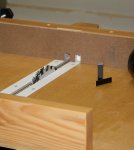
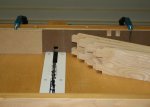
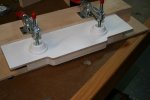

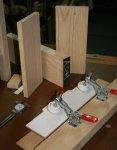


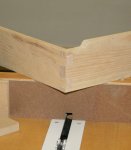
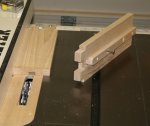


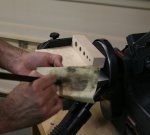
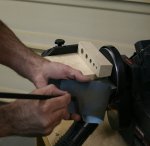

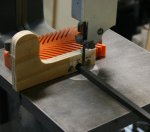
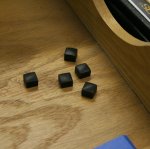



I can't tell you ho happy I am that you're 'test driving' all this for me! When it comes time for me to dive in I know the waters will be warm and comfy. Thanks!

Well, you just did it Glenn,
Next project I'm going to do will be G&G inspired, so another thing to blame on you.
This G&G projects are addictive, aren't they?
doing a fine job of showing all the steps in making these glenn,,bravo for your extra effort.. if i can just get to where i can do two things at once ,perhaps i can do some pics of the next project i get into.. thanks again for your attention to details.







Considering the fact that I live only a few miles from the Gamble House, I really need to make a trek over there some weekend. I really enjoy driving through some of the Craftsman neighborhoods in the area...it'd be great to see the inside of one of the best ones....I really want to tackle a Gamble House piece next. Seems like I can't get enough of that clunky, exaggerated joinery...
Considering the fact that I live only a few miles from the Gamble House, I really need to make a trek over there some weekend.


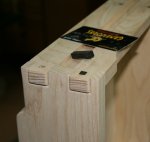
I guess I may not finish these as a Christmas present to myself after all.
Glenn, I think just working on this project is the present. All my projects recently have been something that is needed and not necessarily what I would call fine woodworking. I look forward to your next post.
P.S. I am curious how you find bending the saw like that works for you. I have always had better results just cutting it flat, but I am using a flush cutting saw (also Japanese style).
 .
.